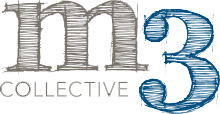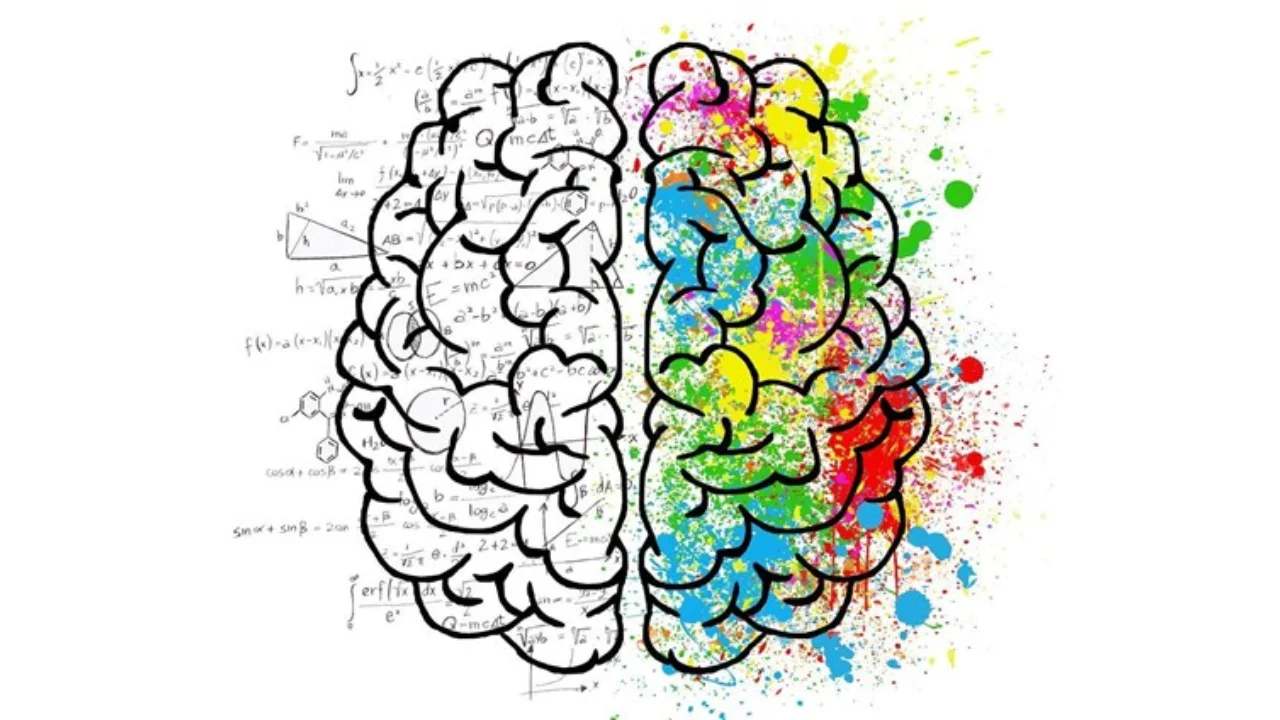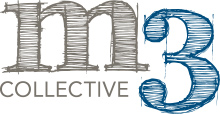Design thinking is a problem-solving approach emphasising a human-centered, iterative process to tackle complex challenges. It is a creative and innovative mindset that goes beyond traditional problem-solving methods. Design thinking encourages collaboration, empathy, and experimentation to uncover unique solutions. By understanding the needs and desires of end-users, design thinking can lead to creating products, services, and experiences that truly resonate with people.

It consists of several key stages. Firstly, there is the empathise stage, where designers seek to understand the needs and perspectives of the people they are designing for.
The next stage is creativity, where designers generate various possible solutions to address the defined problem. This stage encourages free thinking and encourages participants to think outside the box.
Once many ideas have been generated, the designers move on to the prototype stage. Here, low-fidelity prototypes are created to test and refine the proposed solutions. This iterative process allows designers to gather feedback, improve, and iterate until the best solution is found.
The Key Components and Benefits of Creative Thinking Training
Creative thinking training is essential for individuals and organisations embracing design thinking. It equips participants with the skills and mindset to think innovatively and solve complex problems.

Fostering a culture
Creative thinking training is fostering a culture of curiosity and exploration. This encourages participants to challenge assumptions, ask critical questions, and explore multiple perspectives. By promoting a culture of interest, organisations can unlock the potential for groundbreaking ideas and solutions.
Developing empathy
This involves putting oneself in the user’s shoes and understanding their needs, desires, and pain points. By developing empathy, designers can create solutions that truly cater to the users’ needs, resulting in products and services that are more likely to succeed in the market.
Collaboration
Collaboration and multidisciplinary teamwork bring together individuals from diverse backgrounds and areas of expertise. The organisations can tap into a wealth of knowledge and creativity. Collaborative problem-solving allows for exploring different perspectives, leading to more robust and innovative solutions.
Risk Management
Innovation encourages organisations to take calculated risks and experiment with new ideas, resulting in breakthrough innovations. Additionally, design thinking promotes a customer-centric approach, ensuring that products and services are tailored to the needs and desires of the end-users. This leads to increased customer satisfaction and loyalty.
How m3Collective Can Help with Design Thinking Training
M3 Collective is a leading provider of ExperienceInnovation training and innovation consulting. A team of experienced facilitators and consultants helps organisations unlock their creative potential and embrace design thinking.

We offer comprehensive design thinking training programs tailored to each organisation’s unique needs. These programs cover the critical stages of innovation, providing participants with a deep understanding of the methodology and practical tools to apply it in their work.
- The highly interactive training programs combine theory with hands-on exercises and real-world case studies.
- Participants will learn how to empathise with users, define the problem, generate innovative ideas, and prototype and iterate on their solutions.
- By applying our ExperienceInnovation training, we have a proven track record of success, working with numerous organisations across various industries.
Testimonials from Clients Who Have Undergone Innovation Training
The training program was a game-changer for our organisation. It opened our eyes to new ways of thinking and problem-solving. The facilitators were knowledgeable and engaging, making the learning experience enjoyable. We have since applied designing innovation principles to our product development process, resulting in more user-centric and innovative solutions.” – John Smith.
The innovation consulting services provided by m3 Collective were invaluable. They helped us transform our organisation’s culture and processes, unleashing our creative potential. Through their guidance and support, we have developed a pipeline of innovative ideas and successfully brought them to market. We highly recommend any company looking to drive innovation and growth.” – Sarah Johnson, Chief Innovation Officer.
Design Thinking vs. Traditional Problem-Solving Approaches
Design thinking differs from traditional problem-solving approaches in several key ways. Traditional problem-solving often relies on linear and analytical thinking, where the problem is dissected into smaller parts and solved systematically.
Human-centred approach
Design thinking takes a holistic and human-centered approach. It emphasises empathy and understanding for end-users, seeking to address the underlying needs and desires rather than merely solving the surface-level problem. Creative innovation also encourages iteration and experimentation, allowing for a more flexible and adaptive approach to problem-solving.
Multidisciplinary
Another key difference is the emphasis on collaboration and multidisciplinary teamwork. Traditional problem-solving often relies on individual expertise, each working in isolation. Design thinking recognises the power of diverse perspectives and encourages collaboration among individuals with different backgrounds and skill sets. This collaborative approach leads to more innovative and holistic solutions.
Why Design Thinking Training is Essential for Businesses
Organisations must embrace innovation and creative problem-solving to stay competitive in today’s rapidly changing business landscape. Design thinking training equips individuals and organisations with the skills and mindset to tackle complex challenges and unlock their creative potential. Organisations can foster a culture of innovation, customer-centricity, and collaboration by understanding the key components and benefits of innovative thinking training.
Contact us now to learn more about our design thinking training programs and innovation consulting services. Start your journey towards innovation and growth.













